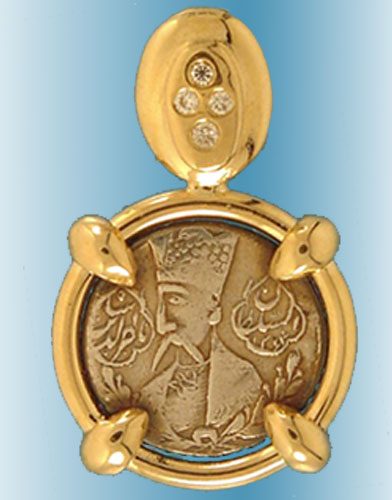Description
For more than four thousand years, the mystical powers of the scarab have been a source of fascination and attraction. One of the oldest religious symbols in Egypt, the scarab is an amulet, usually made of stone or faience, formed in the likeness of the scarabaeus, a native Blue-Green Beetle. That this rather common insect was chosen to be immortalized in amulets is partly explained by its strange reproductive and feeding habits. The beetle lays an egg, and in its underground chamber carefully constructs a pear-shaped ball around it with sheep dung. As the egg hatches, the young beetle seems to emerge live from the sand. Seeing it appear without the apparent intervention of a female beetle, the Egyptians believed that the beetle possessed the powers of self-creation and revivification.
This same phenomenon of rising from the sand occurs when the dung beetles, which are underground, come excitedly in mass to the surface when aroused by the smell of fresh dung. This act of springing from the ground may also contribute to the interpretation of rising from the grave, or rebirth. The reputation of the beetle was further enhanced during the seasonal flooding of the Nile and life on the banks of the river was seemingly washed away. When the Nile receded, leaving lifeless marshes behind, the beetles, as if rising from the dead, filled the vacant landscape.





Reviews
There are no reviews yet.